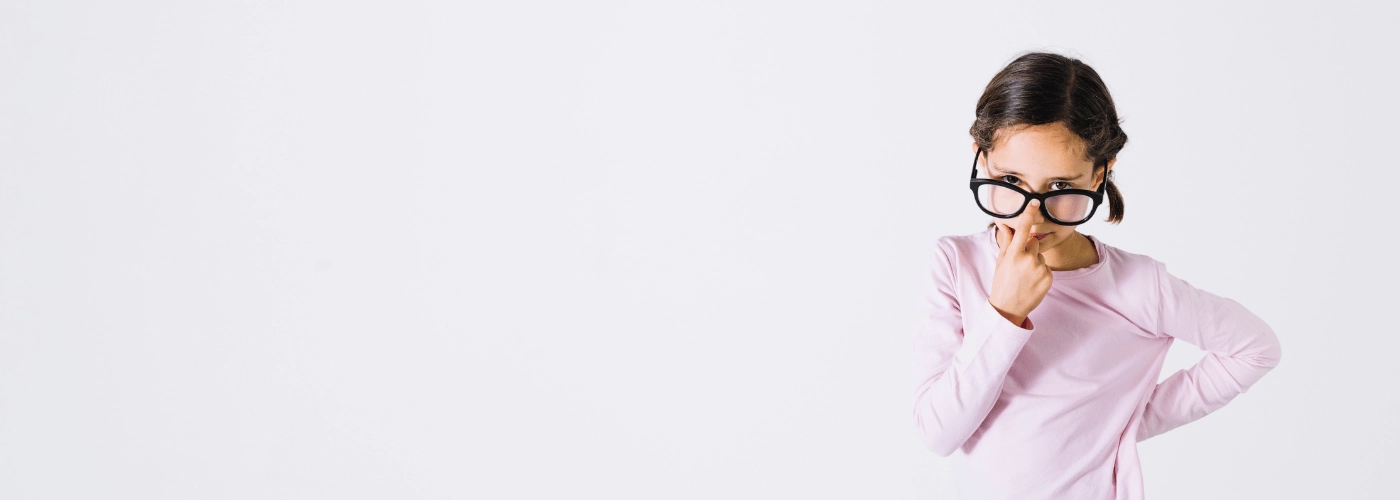
Rubella is an infectious disease that can have serious consequences, especially in children and infants who are not protected by vaccines. The infection is caused by the rubella virus and can spread through airborne droplets when a person coughs or sneezes. Gleneagles Hospitals emphasises the importance for parents to recognise the early signs of rubella so that treatment can be started immediately to avoid complications. Here are 7 early signs to look out for.
One of the main symptoms often seen in children infected with rubella is a prolonged mild fever. This fever is usually not too high, but it lasts longer than a normal fever. This fever is the body's response to the rubella infection, as the immune system is trying to fight the virus. For some children, this fever may be accompanied by weakness and lack of energy.
A rash is the main symptom of rubella that often worries parents. This rash usually starts on the face and then spreads to other parts of the body. Rubella rash presents as small red or pink spots that are close to each other. This rash may look like measles, but rubella rash is usually more subtle and does not cause severe itching.
Lymph glands, especially those located in the neck area and behind the ears, tend to swell when a person has rubella. This swelling is the body's response as a way to prevent the spread of the virus. This swelling can last for days to weeks, and in certain cases, children may experience pain in the area of the swollen gland.
Rubella can also cause prolonged headaches. These headaches are usually mild, but can last for a few days or more. Headaches caused by rubella often do not get relief even after taking the usual painkillers. Children may appear tired and listless, and complain of pain in the head that interferes with their daily activities.
Many children infected with rubella will complain of muscle and joint pain, especially older children. This pain can resemble the symptoms of a common cold fever but usually extends and may be felt in areas such as wrists, knees, or ankles. Although this disease may not be too severe, it can still cause discomfort to infected children.
Another symptom that often appears is loss of appetite. Children with rubella often lose interest in eating and drinking. This can result in weight loss and dehydration if not managed properly. Parents should encourage children to drink water and offer nutritious food to strengthen their immune system throughout the period of infection.
Apart from the skin rash, rubella can also cause the eyes to look red and watery. Red eyes may be accompanied by discomfort or pain. In some cases, children may show symptoms similar to conjunctivitis or pink eyes. This is one of the signs that the rubella virus is affecting the body's immune system and requires immediate medical attention.
Vaccination is the most effective way to prevent rubella. The MMR (Measles, Mumps, Rubella) vaccine is part of the recommended immunisation schedule for children in Malaysia. If your child experiences any of the signs mentioned, it is important to seek advice from a paediatrician immediately to avoid serious complications such as congenital rubella or developmental problems that may arise as a result of rubella infection during pregnancy.
Rubella is spread through the air via droplets when an infected person coughs or sneezes.
Yes, rubella vaccination is the most effective preventive method to avoid this disease.
Blood tests can be done to confirm immunity, especially if the child has already received the MMR vaccine.
If you see early signs of rubella in your child, it is important to get treatment as soon as possible. Early detection and treatment can reduce the risk of more serious complications.
If you are concerned about rubella or need advice for your child’s health and wellbeing, please reach out to your nearest Gleneagles Hospitals by making an appointment through our website, or download our MyHealth360 application from Google Play Store or Apple App Store.

Wait a minute